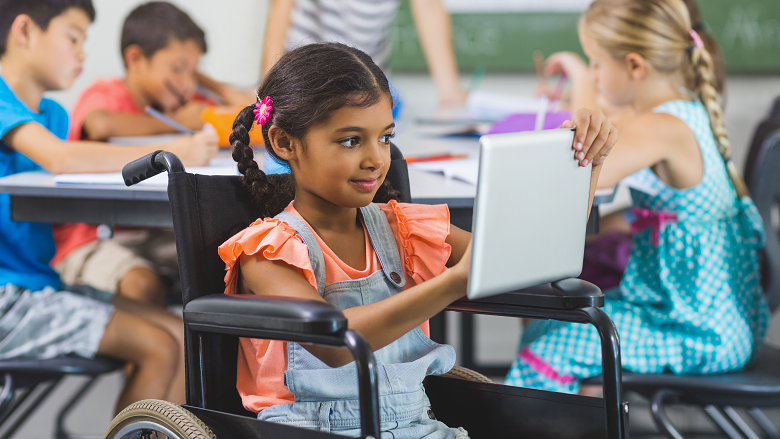Have you ever wondered about the future of education? Inclusive education is more than just a trend; it’s an essential part of the journey. This article will explore the significance of inclusive education, the hurdles it faces, and its role in shaping a brighter future for learning.

The Essence of Inclusive Education
Inclusive education is all about welcoming students of all backgrounds and abilities into the same classrooms. It’s a belief that every student should feel valued and empowered to learn, no matter their differences. Inclusive education goes beyond accommodating students with special needs; it’s about creating a diverse and respectful learning environment.
Challenges in the Path to Inclusive Education
While inclusive education is a noble goal, it comes with its fair share of challenges:
-
Diverse Needs: Inclusive classrooms bring together students with a wide range of abilities and needs. Educators must develop effective strategies to support every student.
-
Resource Allocation: Providing the necessary support for students with special needs can strain limited educational resources.
-
Teacher Preparedness: Teachers require specialized training to implement inclusive practices effectively.
-
Resistance to Change: Resistance from educators, parents, or students who may be uncomfortable with the transition can hinder progress.
The Imperative of Inclusive Education
Despite the challenges, inclusive education offers numerous benefits:
-
Enhanced Learning: Inclusive classrooms expose students to diverse perspectives, enriching discussions and fostering critical thinking.
-
Reduced Discrimination: Inclusive environments challenge stereotypes and prejudices, promoting empathy, respect, and a sense of belonging among students.
-
Greater Engagement: When students feel included and valued, they actively participate in class and take ownership of their learning.
-
Preparation for Real Life: Inclusive education mirrors the diversity of the real world, equipping students to interact with individuals from different backgrounds effectively.
The Future Envisioned by Inclusive Education
Inclusive education is not just a trend; it’s a necessity for the future of learning:
-
Equity and Access: Inclusive education ensures that education is accessible to all, addressing longstanding educational disparities.
-
Global Competence: Inclusive classrooms prepare students for a globalized world by fostering intercultural competence and empathy.
-
Lifelong Learning: Inclusive education equips students with essential skills such as adaptability and open-mindedness, vital for success in a rapidly changing world.
Conclusion
Inclusive education is not just a goal; it’s a guiding principle for the future of education. By embracing diversity and promoting equity in education, we empower every student to reach their full potential and contribute to a more inclusive and harmonious world. Inclusive education is the path forward towards a brighter future for education and society as a whole.













![Advantages and Disadvantages of Artificial Intelligence [AI]](https://www.newlookeducation.com/wp-content/uploads/2023/09/Advantages_and_Disadvantages_of_artificial_intelligence-74x55.jpg)

Add Comment